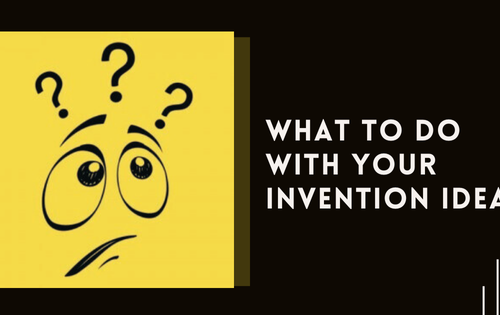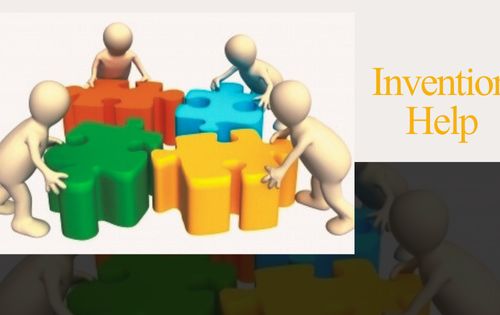
How Can InventHelp Assist with Patent Research and Documentation?
The path to acquiring a patent is dense with critical steps, each demanding meticulous attention. Among these, patent research and documentation stand as pillars of the process, indispensable for the success of your application. InventHelp emerges as an ally in this intricate journey, providing inventors with the tools and expertise to navigate patent research and produce error-free documentation, turning formidable tasks into manageable ones. Let’s see are there pros and cons to using InventHelp?
The Foundation of Patent Research
Patent research, or a patentability search, is the critical first step in the patenting process. It involves comprehensively scouring through existing patents and other published works to assess whether your invention is indeed novel and non-obvious, two of the primary requirements for patentability. This search can be a behemoth of a task, patents are written in highly technical language and exist in vast databases.
This is where InventHelp’s expertise comes into play. They use advanced search tools and have access to extensive patent databases to conduct thorough searches. Their experienced specialists understand the nuances of the United States Patent and Trademark Office’s (USPTO) classifications systems, ensuring that no stone is left unturned. The insights gained from InventHelp’s patent search can inform the application strategy, identifying potential obstacles and shaping the approach to defining your invention’s claims.
Precise Documentation – The Make or Break
Beyond research, the essence of a successful patent application lies in its documentation. The documentation needs to describe every aspect of the invention with such precision and detail that it not only meets the requirements of the USPTO but also stands up against potential infringement in the future. Herein lies a challenge: the complex, technical language required by the USPTO can be daunting even for seasoned inventors.
InventHelp steps in to assist inventors with drafting descriptions, claims, and producing professional illustrations that align with USPTO’s expectations. They know exactly what examiners are looking for and how to portray an invention in the most favorable light. InventHelp ensures that all documentation adheres to the necessary legal standards, which drastically lessens the likelihood of application rejection due to common documentation errors.

A Guiding Hand Through the Documentation Process
InventHelp’s approach to patent documentation is comprehensive. They guide inventors through every aspect of the application, including:
- Specifications: Detailed descriptions of the invention are crafted, showcasing its uniqueness and functionality.
- Claims: They assist in clearly and concisely drafting the claims that define the protection scope of the patent.
- Drawings: Professional illustrations are produced, which are often crucial for the visualization and understanding of the invention.
Reducing Headaches and Saving Time
By relying on InventHelp’s assistance, inventors can save valuable time that might otherwise be spent in trying to understand perplexing patent requirements. Inventors are spared the headaches that come with the territory when wading through the complex language and structure of patent documentation. Instead, they can entrust this crucial phase to specialists while dedicating their energy and focus to refining their inventions. Now that you learned all these important facts and key questions about InventHelp it is time to take the next step and contact InventHelp.
Conclusion
In conclusion, InventHelp plays a vital role in demystifying and managing the patent research and documentation process. Their depth of knowledge and resources is instrumental in ensuring that an inventor’s application is robust, precise, and stands the best chance of success. With InventHelp, inventors have a powerful partner in transforming their ideas into patented realities, providing peace of mind and a clear path forward in the often impenetrable world of patents.




